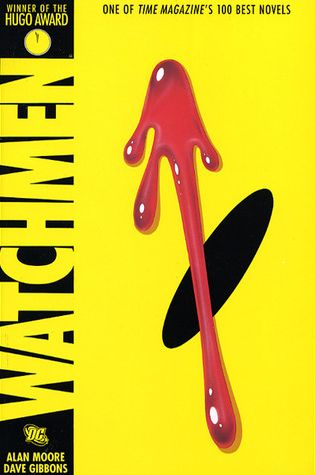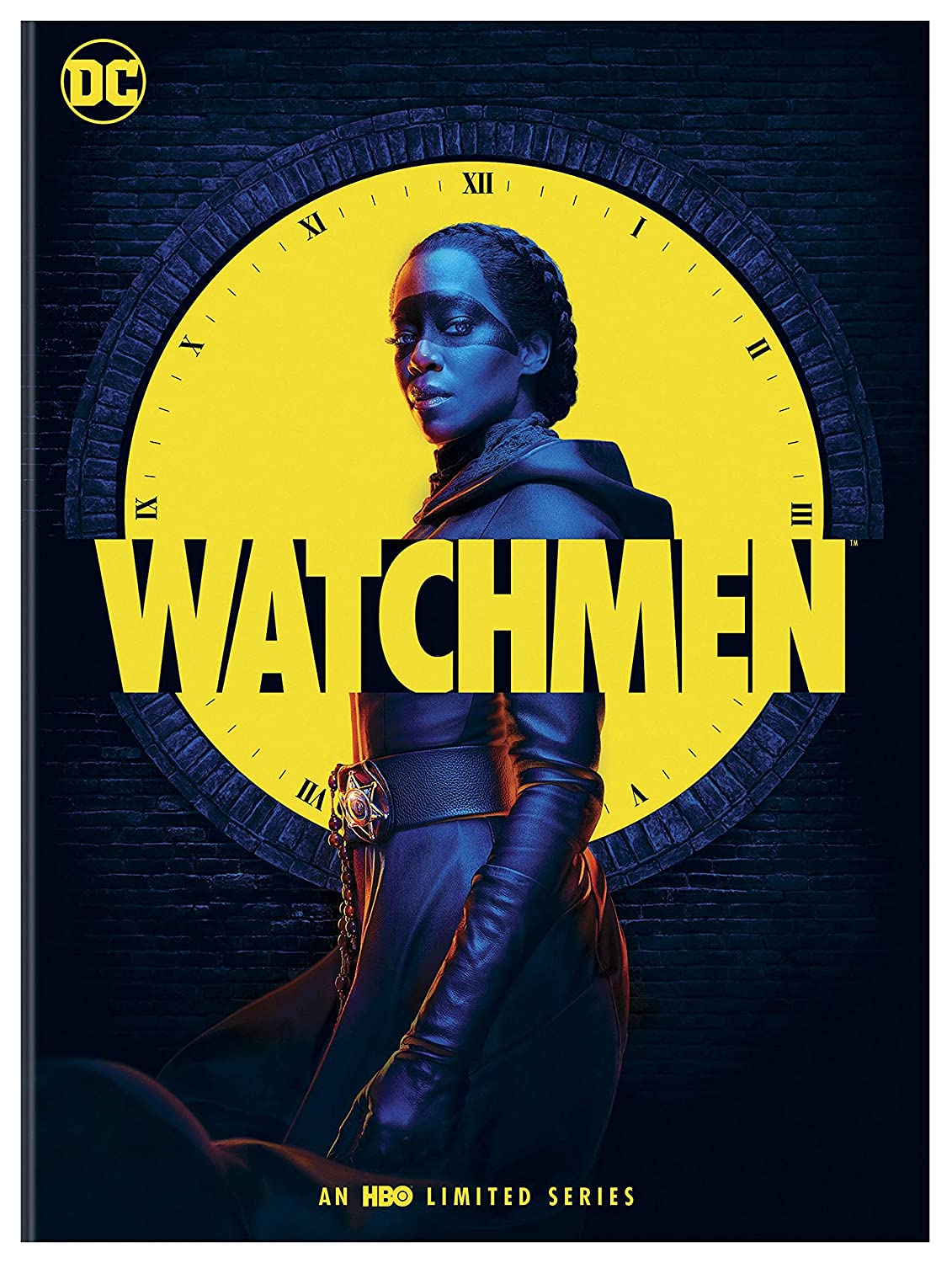 Confession: I have never really been into super hero comics and stories. The last Marvel Comic Universe movie I saw was the first Captain America. And I was never really into the X-Men or Spider-Man movies and comics either. But Alan Moore’s Watchmen is not an ordinary super hero story. In an alternate history America where a small group of individuals in the 30s were inspired by some of the early masked and costumed super hero comics of the era, who in turn inspired a new generation of other “masked adventurers” in the 60s and 70s, the bulk of the plot takes place in October, 1985.
Confession: I have never really been into super hero comics and stories. The last Marvel Comic Universe movie I saw was the first Captain America. And I was never really into the X-Men or Spider-Man movies and comics either. But Alan Moore’s Watchmen is not an ordinary super hero story. In an alternate history America where a small group of individuals in the 30s were inspired by some of the early masked and costumed super hero comics of the era, who in turn inspired a new generation of other “masked adventurers” in the 60s and 70s, the bulk of the plot takes place in October, 1985.
This is very much a character-driven story, featuring a number of the “newer” masked adventurers from the 70s. Each chapter of the story delves into the backstories of these “super heroes” and their all-too-human failings. There’s Rorschach, a man who sees the world in black and white and treats it just as harshly, and Nite Owl, the closest thing there is to a “traditional hero” we have in this story, who keenly feels the anxieties of Cold War life. You’ll also read about Silk Spectre, the daughter of the first Silk Spectre who carries around not just her own troubles but her mother’s as well. And then there is Dr. Manhattan, a bona-fide super hero, complete with a supernatural origin story, who perceives time—past, present, and future—all at the same moment. He can also disassemble and reassemble anything down to the sub-atomic level on a whim. Their stories, along with the stories of so many others, make Watchmen a classic in the comic/graphic novel genre. It’s a subversive, smart re-examination of the whole idea of “super heroes” and the people who wear the costumes, and the contrast between this book and the super hero genre is why I enjoyed Watchmen so much. To me, it felt more real.
 A follow-up to the books came out in 2019. The HBO series, which goes by the same title, is set 34 years after the events of the comic book in Tulsa, OK. The story follows a new set of super heroes, like Sister Night (pictured right, played by Regina king) and Looking Glass (Tim Blake Nelson). This time, however, they are officers of the Tulsa Police, not heroic vigilantes. When a Rorschach-inspired white nationalist group called the Seventh Kavalry reemerges in Tulsa as a credible threat to the city’s safety, Sister Night and the Tulsa PD begin to investigate their sudden reappearance. And in doing so they uncover and set into motion a number of plots all running parallel to each other. Similar to the books, each episode focuses on one particular character and their backstories. The show also explores the consequences of the conclusion of the comics, and brings back some characters from the books to be a part of this story. And one question looms over all of this tangled web of conspiracies: Where is Dr. Manhattan?
A follow-up to the books came out in 2019. The HBO series, which goes by the same title, is set 34 years after the events of the comic book in Tulsa, OK. The story follows a new set of super heroes, like Sister Night (pictured right, played by Regina king) and Looking Glass (Tim Blake Nelson). This time, however, they are officers of the Tulsa Police, not heroic vigilantes. When a Rorschach-inspired white nationalist group called the Seventh Kavalry reemerges in Tulsa as a credible threat to the city’s safety, Sister Night and the Tulsa PD begin to investigate their sudden reappearance. And in doing so they uncover and set into motion a number of plots all running parallel to each other. Similar to the books, each episode focuses on one particular character and their backstories. The show also explores the consequences of the conclusion of the comics, and brings back some characters from the books to be a part of this story. And one question looms over all of this tangled web of conspiracies: Where is Dr. Manhattan?
It’s worth pointing out that the show was mine and many others’ introduction to the 1921 Tulsa Race Massacre as a historical event. It’s the very first scene of the show, and it sets an effective, disquieting tone for the series. The themes of race, America’s historical attitudes and actions regarding race, and how this show’s America tries to reconcile with this history adds another layer to the story’s complexity and recasts parts of the book in a different light. I feel that the show is a fitting successor to the original story, but you should watch it for yourself and decide. You don’t necessarily need to read the book to enjoy the show, but I recommend you do!
You can get access to the book and the tv show through Heights Libraries.
There is also the 2009 movie adaptation of the book. I’d say you’d be doing yourself a favor by not watching it, but if you really don’t want to read the book, this is an option too. Just know it’s 2+ hours of the only life you’ll ever have that you won’t get back.
